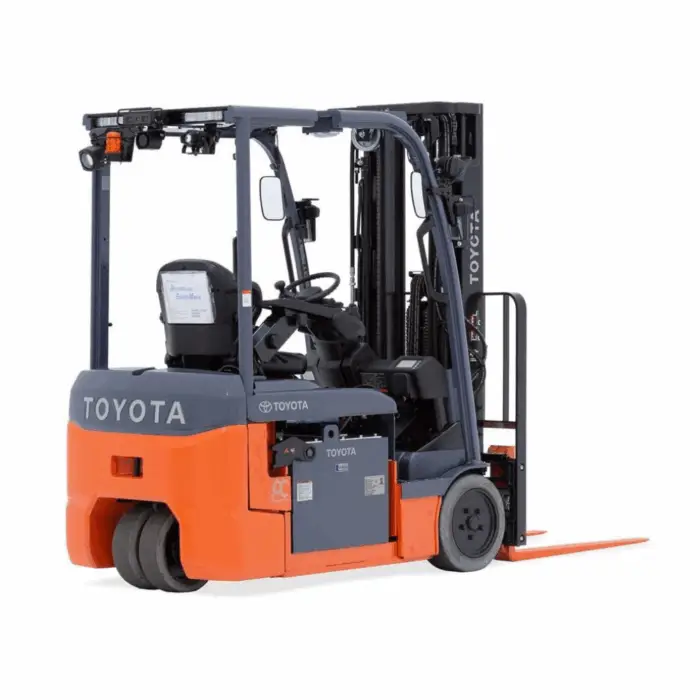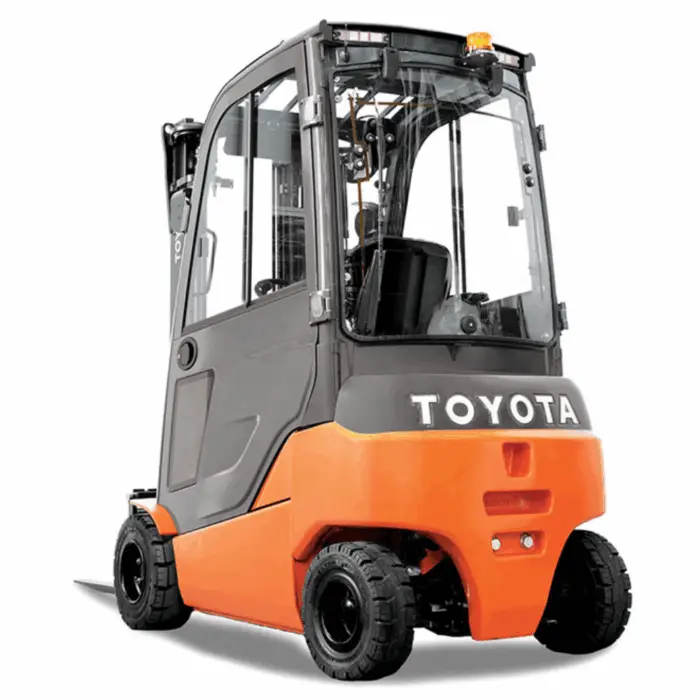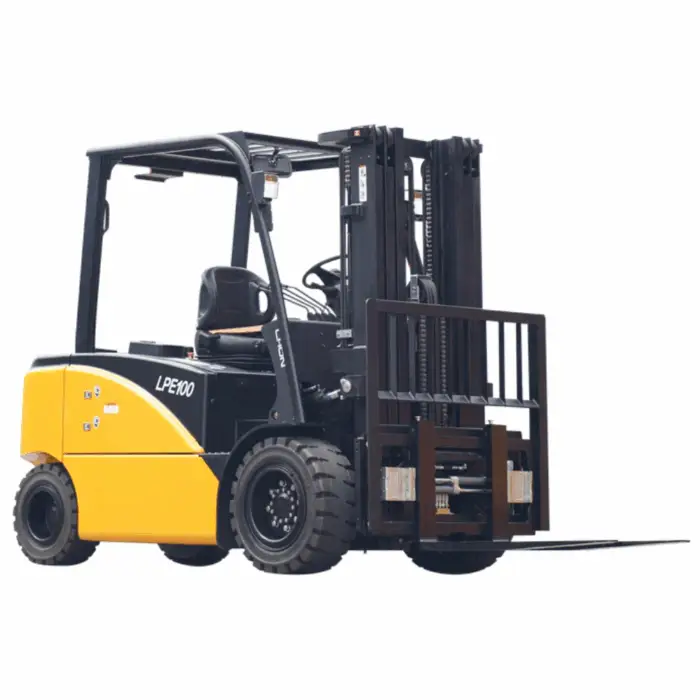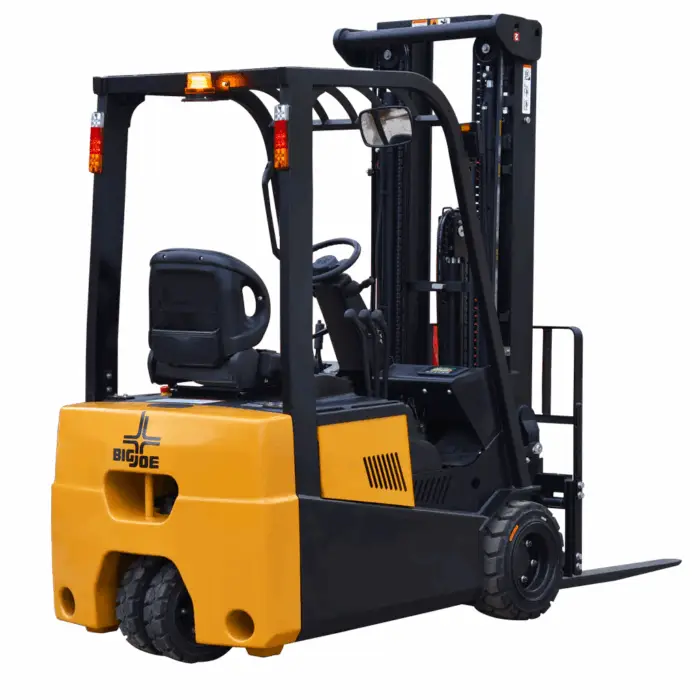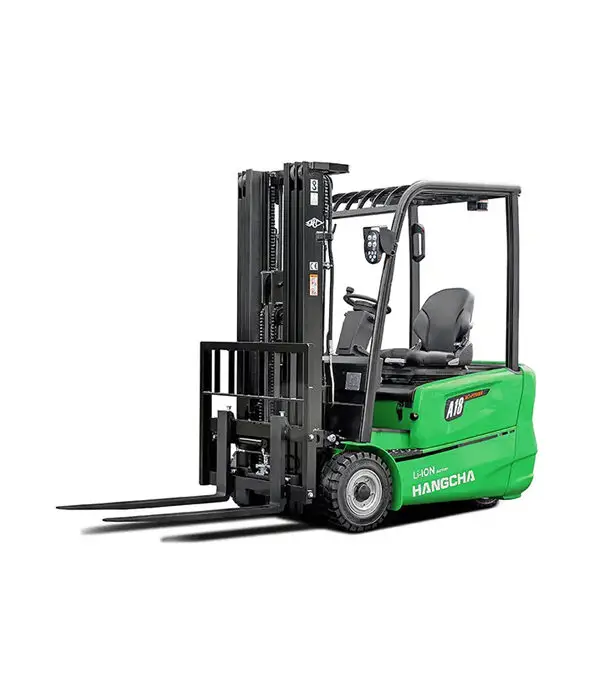Your Trusted Electric Forklift Dealer in North Carolina, South Carolina and Virginia.
Have questions?
Call today 866-937-3009
Why choose ACT Material Handling?
ACT offers three manufacturer brands of electric forklifts to our customers: Toyota, Hangcha, and Big Joe Material Handling Equipment. We understand the need for a dependable material handling partner to provide everything from the initial sale to ongoing service and parts.
-
3-Wheel Electric Forklift
-
48V Electric Pneumatic Forklift
-
80V Electric Pneumatic Forklift
-
Big Joe LPE80-LPE100 Electric Pneumatic Tire Forklift
-
Big Joe LVE35 Three Wheel Forklift
-
Big Joe LVE40 Scout Three Wheel Forklift
-
Big Joe LXE40
-
Big Joe LXE50
-
Big Joe LPE50S-60S-70S
-
Core Electric Forklift
-
Core Electric Turret Forklift
-
Hangcha XC Series Lithium Electric Battery Sit Down 3 Wheel Forklift

